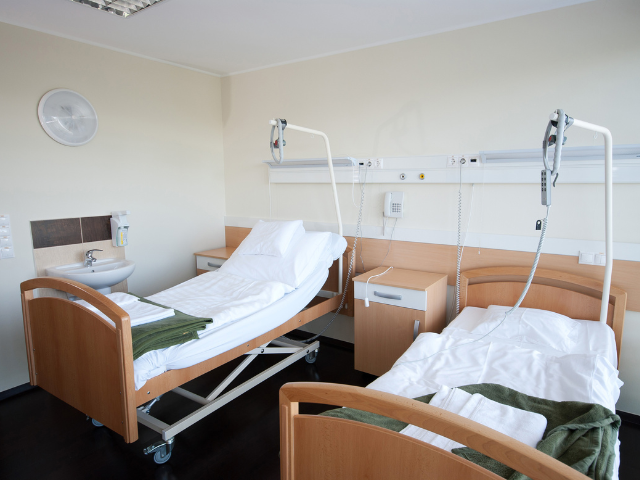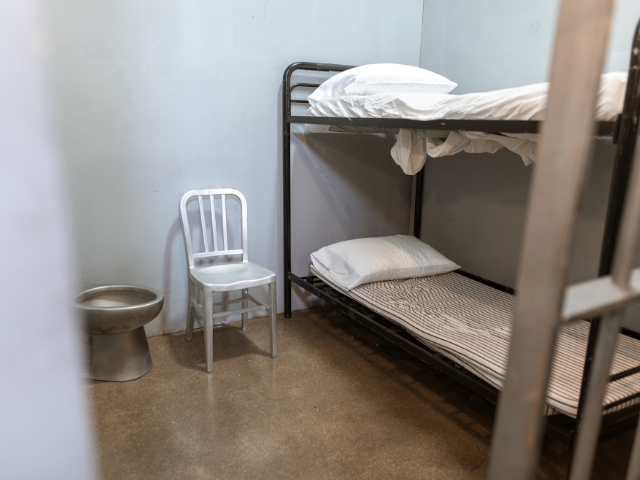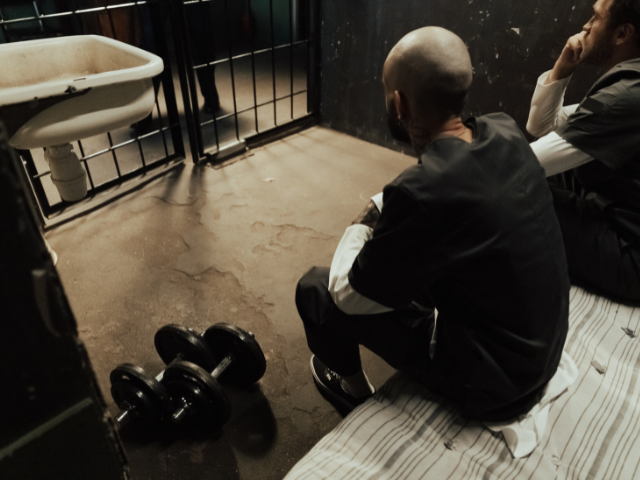The Argument for RNs in Correctional Facilities
Spark Training, a training and compliance organization, argued in a recent Corrections 1 article that correctional facilities would benefit from hiring RNs. In addition to preferring LPNs due to lower salaries, which they believe can appeal to local officials, Spark Training stated that some facilities “operate without any RNs on staff at all.”
“While many correctional facilities employ some of the brightest, most experienced and most hardworking LPNs, the reality is that correctional facilities should be staffed (and funded) according to state licensing and accreditation boards,” they stated.
The authors of a study published in the October 2023 edition of the Journal of General Internal Medicine conducted surveys with county jail personnel in the Carolinas, Georgia, and Alabama, finding that nearly 30% of those surveyed either “routinely lacked on-site healthcare providers” or had only a modest healthcare presence.
“Jails relied heavily on LPNs and officers for care, resulting in missed opportunities for care and potentially endangering incarcerated persons,” the authors stated.
How to Improve Nurse Retention in Correctional Facilities
A study from the Journal of Forensic Nursing looked at how working in a correctional facility effects nurses. Three themes emerged: Personal impact, social relationships and family impact; and need for change.
“Results from this study provide evidence that correctional nursing harms both the nurses and their family units by contributing to personal impacts and negative social relationships and family impacts, which underscore correctional organizational need for change.”
Through its survey of more than 200 correctional nurses, they determined facilities should consider supporting their nurses’ wellbeing “through adequate staffing, flexible scheduling, decreased mandatory overtime, and hiring effective nurse managers.”









